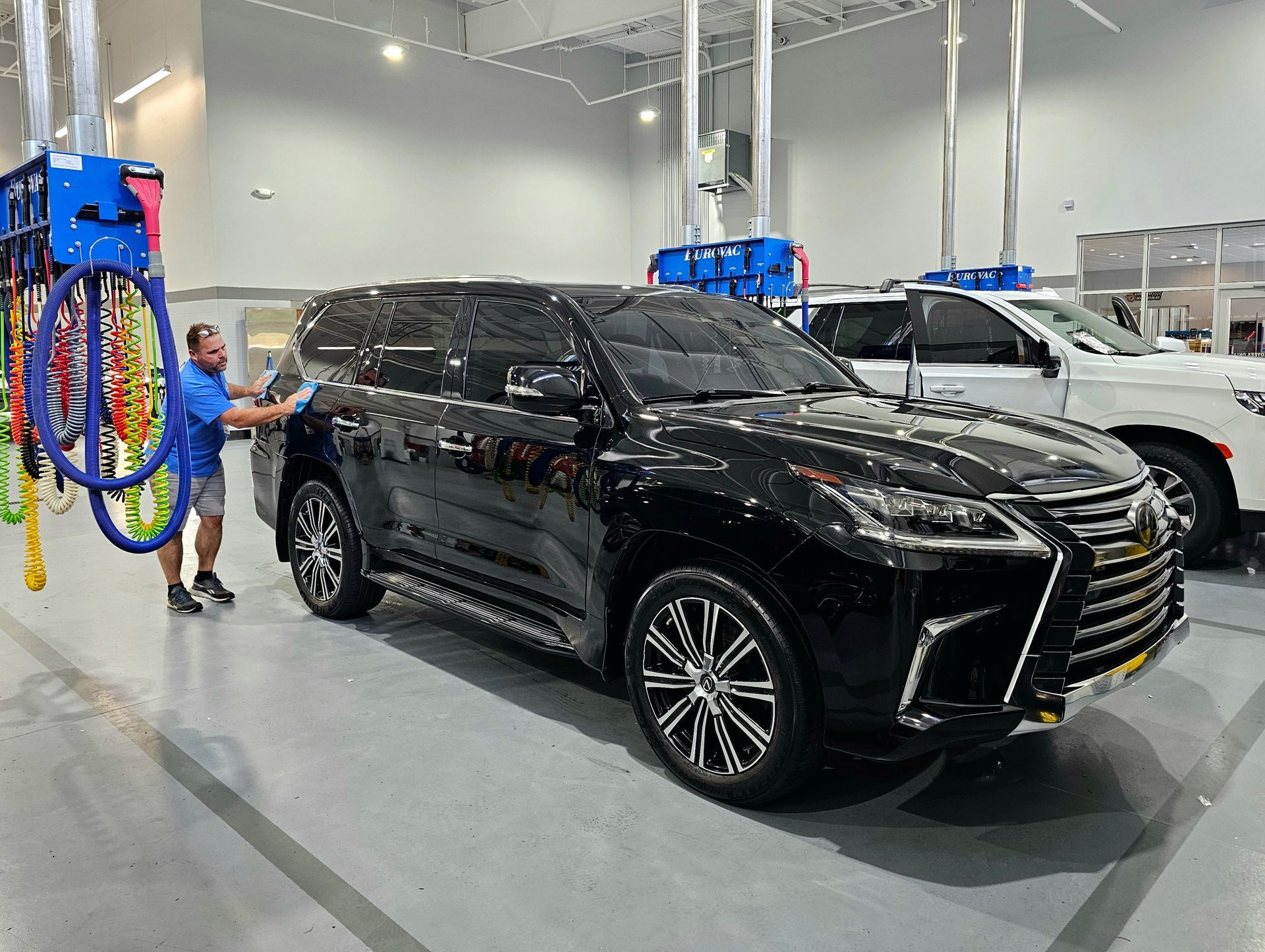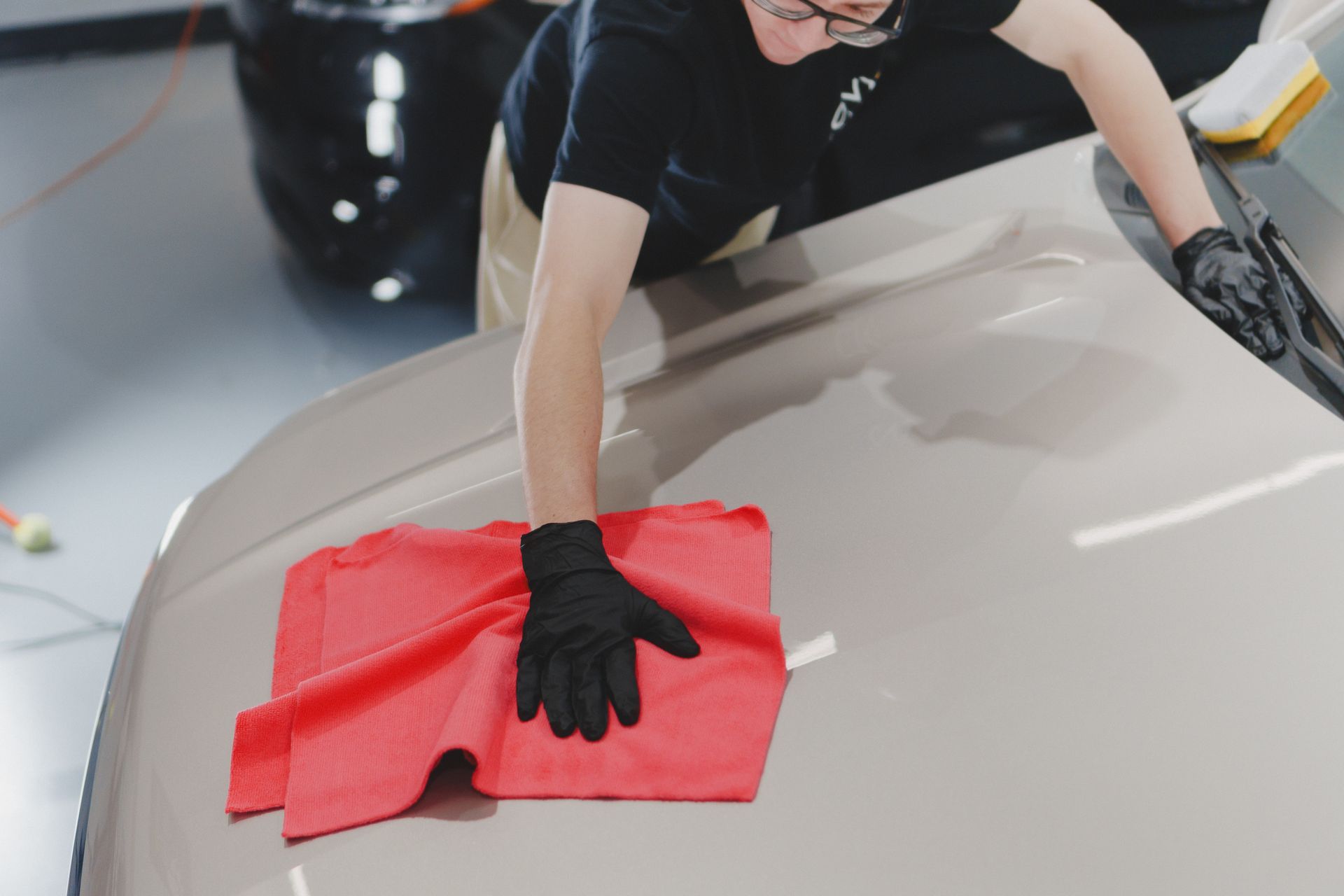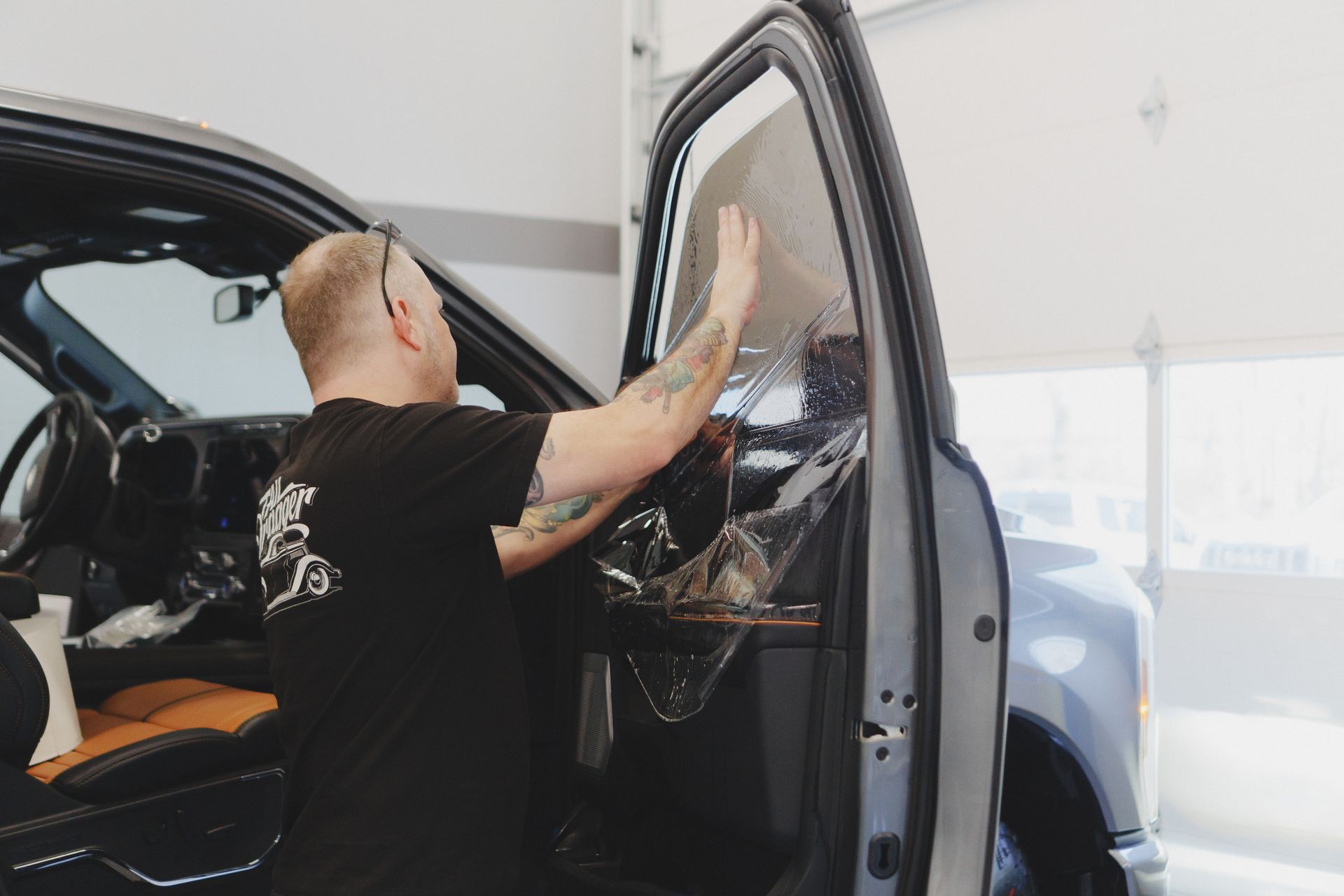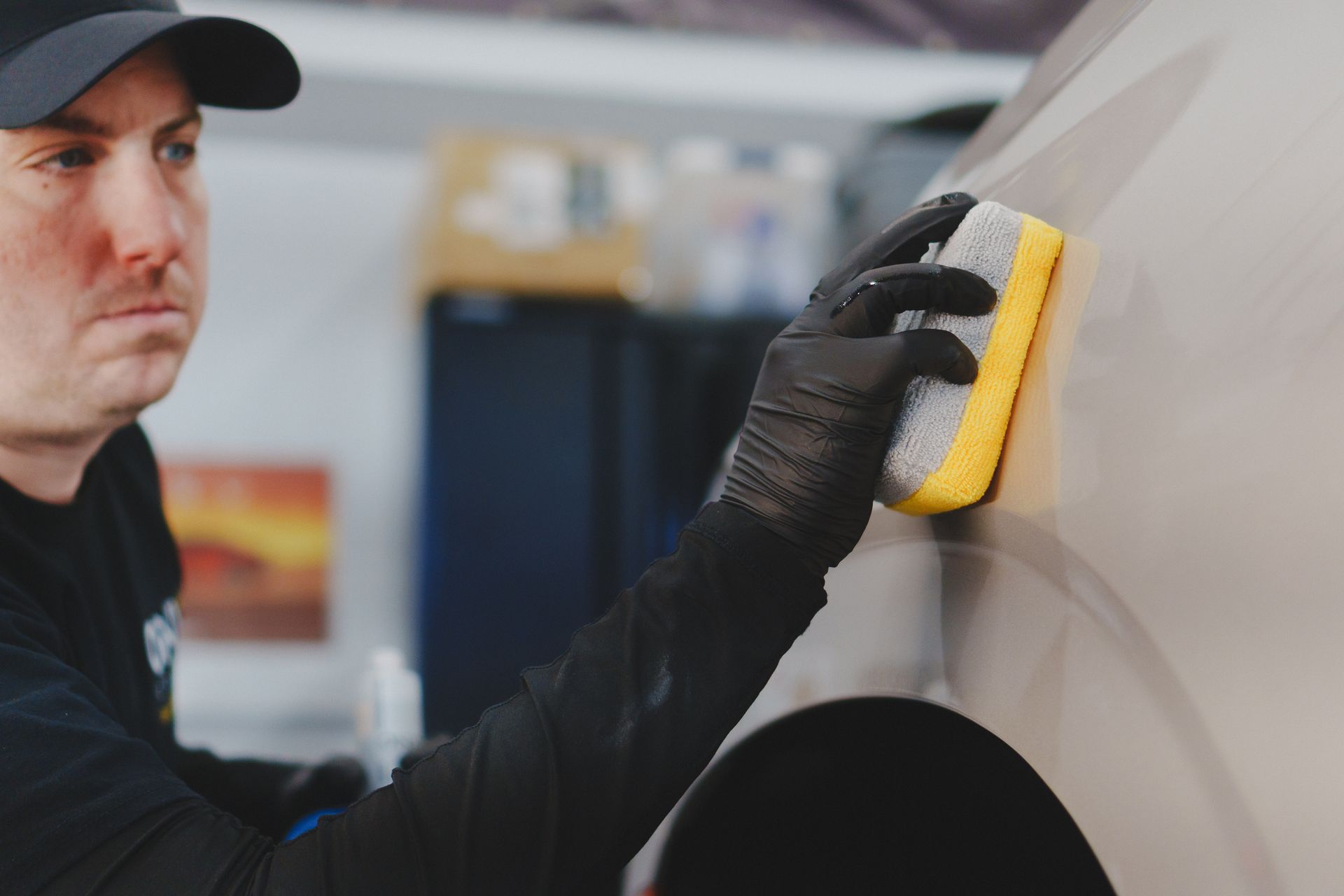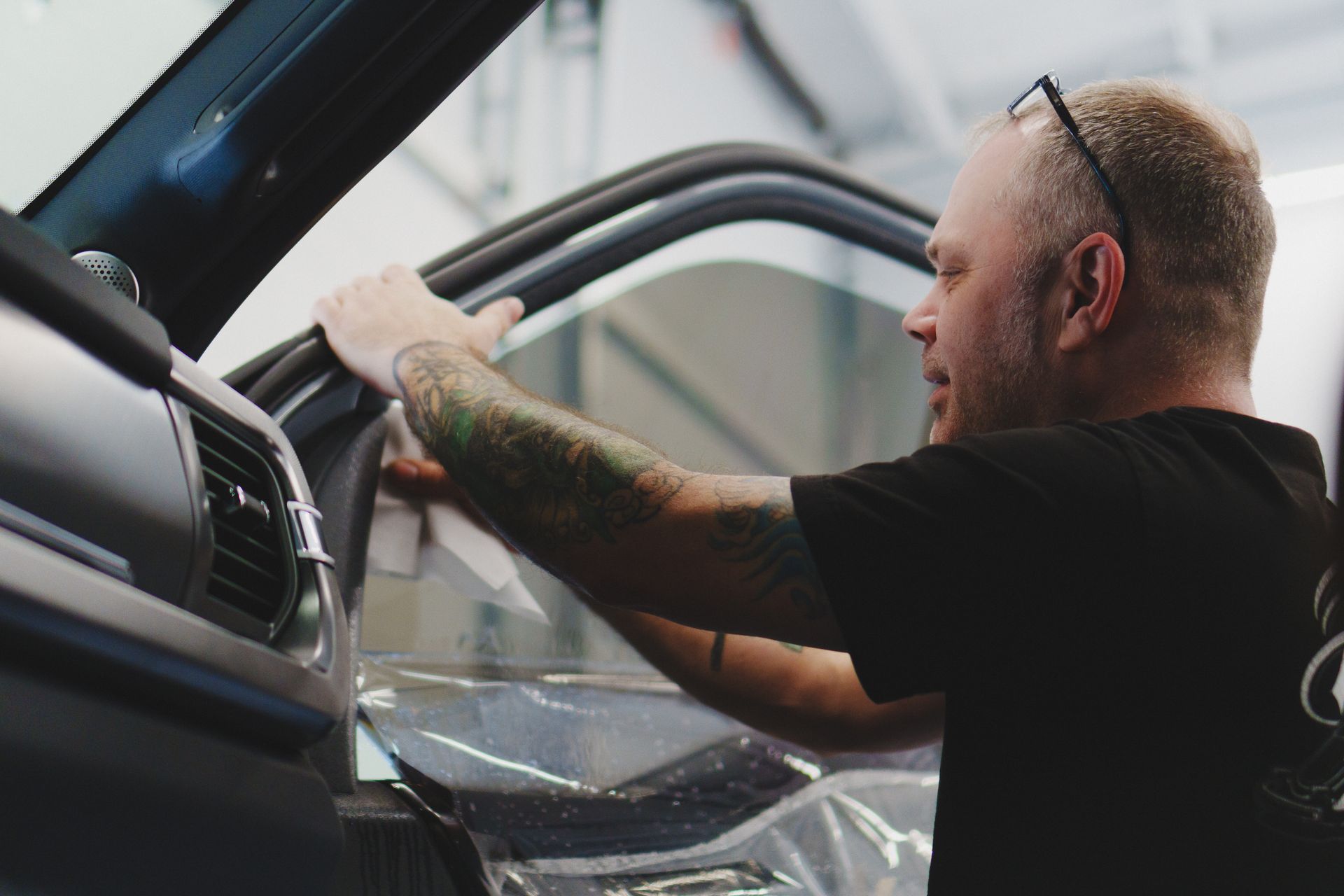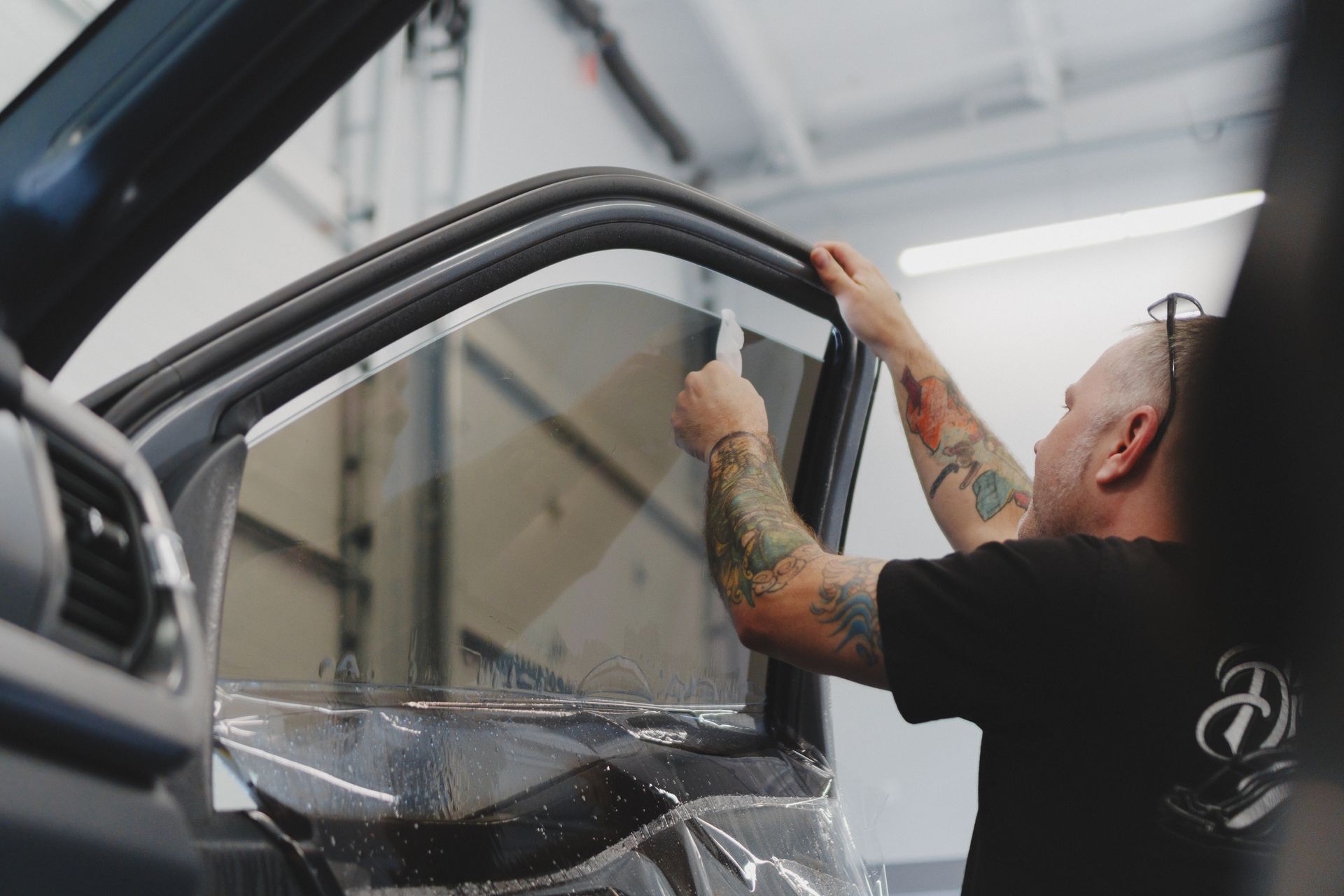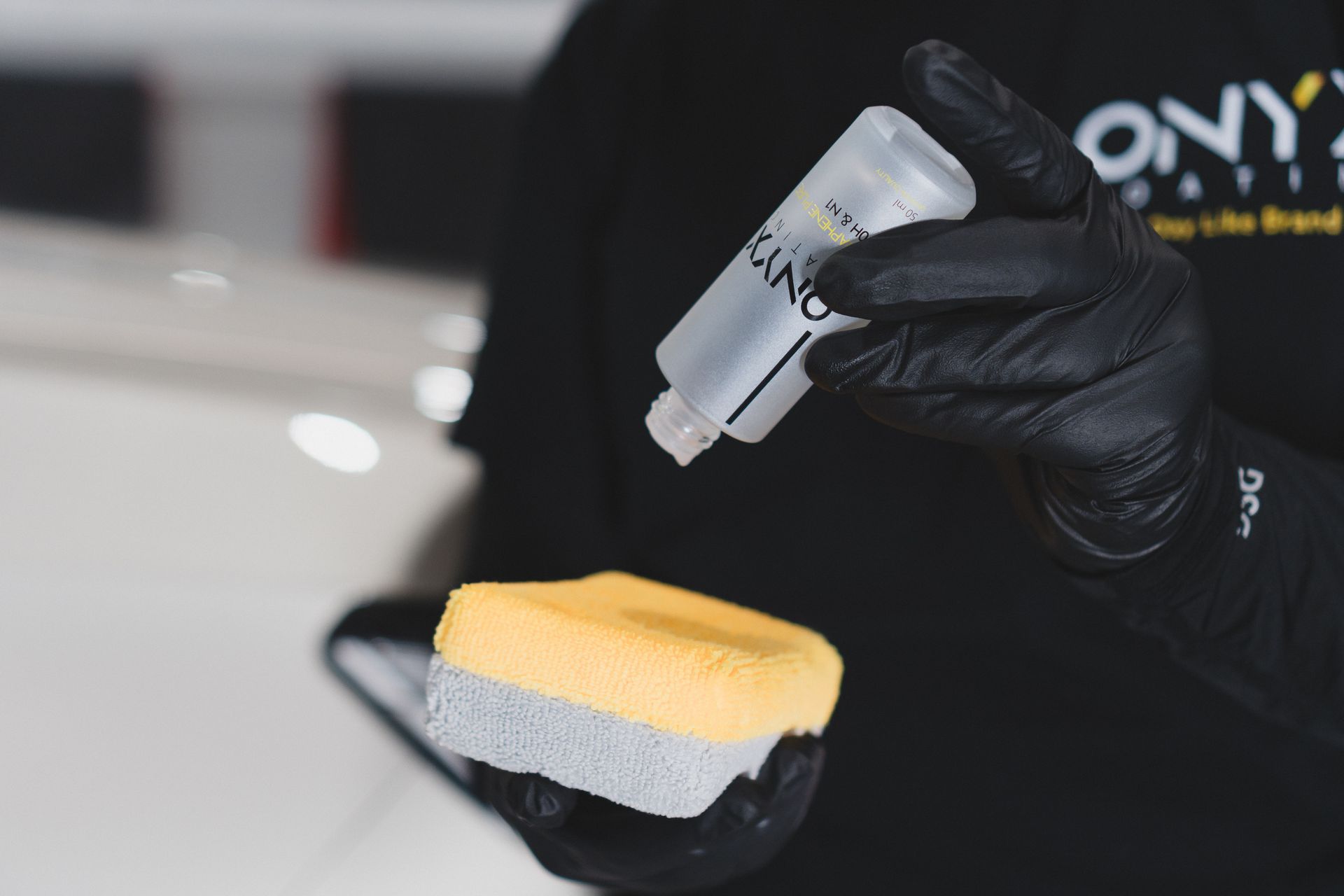By SEO Team
•
February 6, 2025
When it comes to protecting your car’s finish, have you ever wondered if waxing is really enough? For many car owners, keeping their vehicle looking fresh can feel like an arduous, never-ending battle. Between weather conditions, road grime, and those pesky bird droppings, the struggle is real. Fortunately, there's a solution that not only shields your paint but also makes maintenance a breeze—ceramic coating. This innovative protective layer has quickly become a game-changer for both everyday drivers and car enthusiasts. Let’s break down the numerous benefits of ceramic coatings so you can discover how they keep your car looking sharp while saving you time and effort. 14/69 Super Center highlights several key advantages of ceramic coating , including superior durability compared to traditional waxes, enhanced appearance that provides a glossy finish, and easier maintenance due to its hydrophobic properties that repel water and dirt. Additionally, ceramic coatings protect against UV rays and environmental contaminants, helping maintain your vehicle's resale value over time. Why Choose Ceramic Coating for Your Car? Ceramic coatings have gained popularity among car owners for their long-lasting protection and aesthetic benefits. Unlike traditional wax, which requires frequent reapplication, ceramic coatings provide years of durability while enhancing your vehicle’s appearance. Beyond the shine, these coatings offer superior resistance to environmental damage, making maintenance easier and more cost-effective in the long run. Unmatched Durability: One of the biggest advantages of ceramic coatings is their impressive lifespan, lasting anywhere from 2 to 5 years when applied correctly. Traditional waxes, by comparison, only provide protection for a few months before wearing off. This extended durability means less time spent on upkeep and more time enjoying a vehicle that looks freshly detailed. With a ceramic coating, you no longer have to constantly reapply wax to maintain your car’s glossy finish. Enhanced Gloss and Shine: A properly applied ceramic coating creates a deep, mirror-like gloss that enhances your car’s overall aesthetic appeal. This high-gloss finish not only makes the paint look richer but also ensures your vehicle turns heads wherever you go. Beyond looks, the coating forms a protective barrier against harmful elements that can dull your paint over time. By preventing oxidation and fading, it keeps your car looking showroom-new for years. Hydrophobic Properties: One standout feature of ceramic coatings is their hydrophobic nature, which repels water effortlessly. Rain, mud, and grime have a harder time sticking to the surface, making cleaning significantly easier. Water beads up and rolls off rather than leaving stubborn spots or streaks. A simple rinse or wipe-down is often all that’s needed to maintain a spotless exterior, reducing the need for frequent car washes. Chemical and Environmental Resistance: Everyday hazards like bird droppings, tree sap, and road salt can cause significant damage to a vehicle’s paint if left untreated. Ceramic coatings provide a protective shield that resists chemical damage and prevents contaminants from bonding to the surface. The coating also offers UV protection, blocking up to 99% of harmful rays that cause paint to fade. This added layer of defense ensures that your car remains in top condition. Long-Term Cost Efficiency: While ceramic coatings come with an initial investment that can range from $800 to $4,000+ depending on the service provider, they save money over time. Since they last for years, you’ll eliminate the need for regular waxing and reduce the frequency of professional detailing. The protection provided by the coating also helps maintain your car’s resale value by preserving the original paint. Over time, these benefits add up, making ceramic coatings a cost-effective solution for vehicle care. Ceramic coatings offer a combination of durability, enhanced shine, easy maintenance, and long-term savings, making them an excellent investment for any car owner. With their ability to protect against environmental damage while keeping your vehicle looking its best, it’s no wonder why so many drivers are choosing this advanced solution. If you’re looking for a way to preserve your car’s beauty while reducing maintenance efforts, ceramic coating is the way to go.
